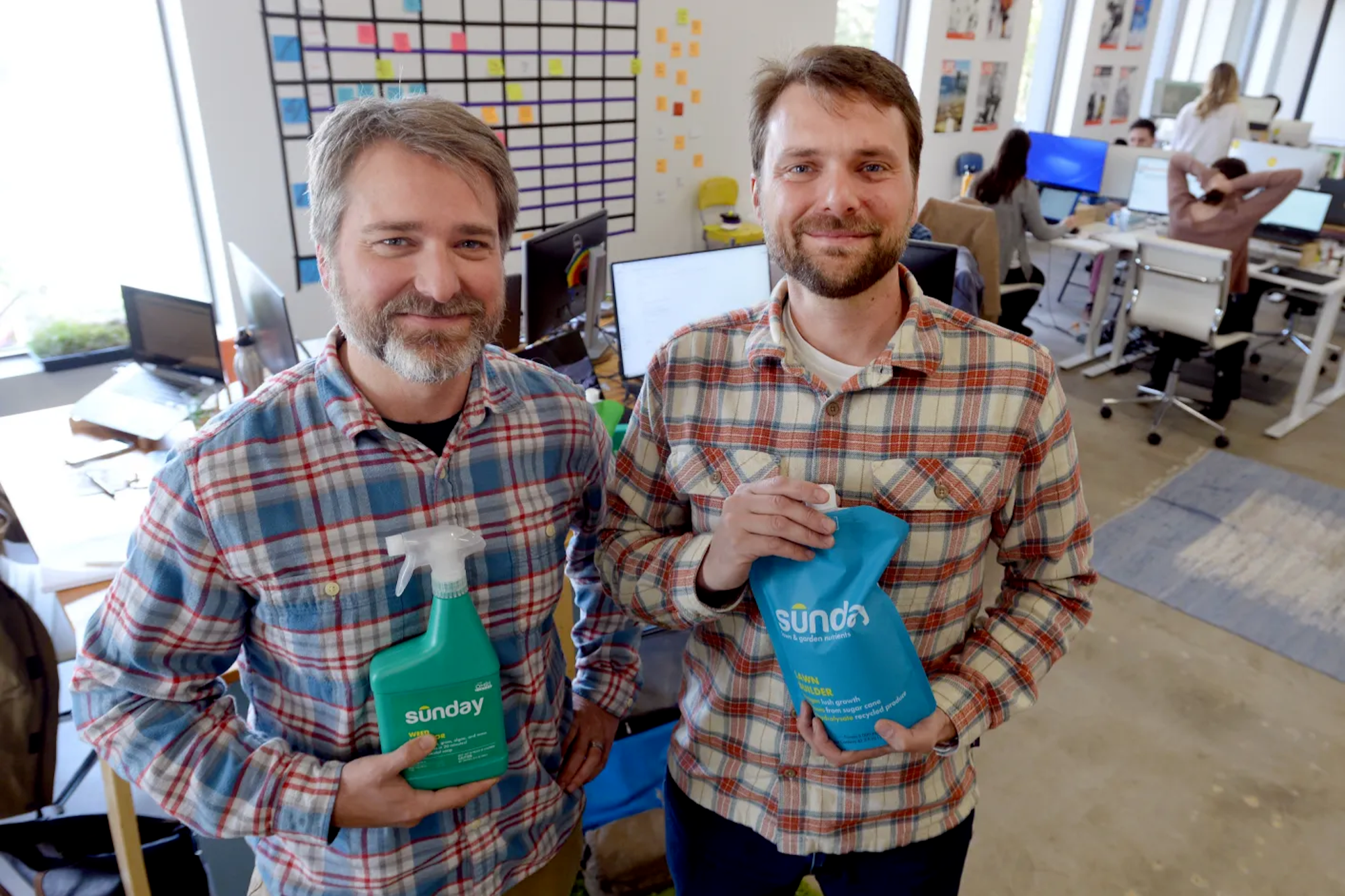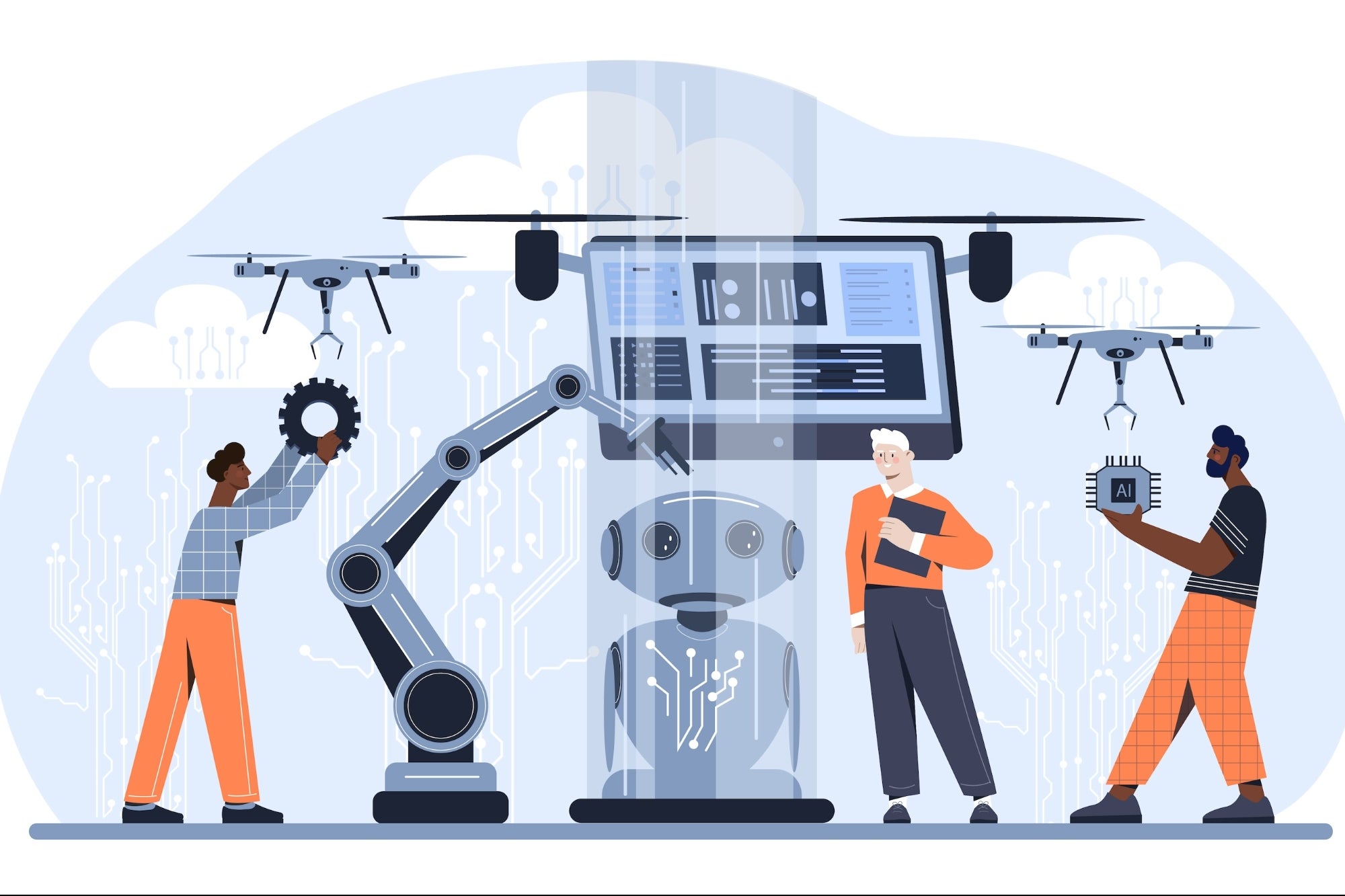How a First-Time Entrepreneur's Kickstarter Project Landed on Toys 'R' Us Shelves in Less Than a Year Industry insiders laughed at the engineering toy for girls, but its inventor was determined to change the landscape of the 'pink aisle.' Entrepreneur Debbie Sterling shares how she transformed her idea into a million-dollar company.
Opinions expressed by Entrepreneur contributors are their own.
Debbie Sterling didn't know what engineering was when her high-school math teacher suggested it as her college major. She would eventually become not only an engineer but the inventor of a popular girl-friendly engineering toy poised to disrupt the "pink aisle" of toy stores.
The success of her toy, GoldieBlox, is one that even industry analysts could not have predicted. Born of a conversation among women engineers about how to grow their numbers, the toy went from Kickstarter crowdfunding project to the shelves of Toys 'R' Us in less than nine months. The toy, which combines a storybook about a girl engineer and her friends with a construction set, had $1.5 million pre-sales by the end of the Kickstarter campaign, and sold about 50,000 as of early July 2013.
Getting on Toys 'R' Us shelves is a big deal for a startup, says Sean Windle, a toy-industry analyst with market-research firm IBIS Worldwide. "It is highly competitive to get shelf space at a toy store," he says. He says GoldieBlox is indicative of a larger industry trend of crafting traditionally boy or girl toys to appeal to the opposite sex, pointing to the "Lego Friends" line introduced last year and marketed to girls. Still, Windle cautions, as quickly as a deal is made, it could disappear if the toy doesn't sell. "Once sales start lagging in a particular category, [Toys 'R' Us is] very quick to do away with it," he says.

Sterling, 30, didn't start out to build game-changing toys for girls. When her high-school teacher suggested engineering as a major, she says "I pictured an old man driving a train. I had no clue what it was and it sounded really unappealing." But the idea stuck. In her first year at Stanford University, she took an engineering class and realized how creative the field could be.
She also noticed how few women were in her classes. Women made up only about 25% of the students in department when she started, which dwindled to 15% by the time she graduated in 2005, she says. "I almost left a million times. I would always be the only woman in group projects, and the men would just dismiss me. It was hard to see yourself as a woman fitting in," she says. What's more, she noticed the men in her classes came with a knowledge base she lacked
Related: How One Young Entrepreneur's Quest to Encourage Women Engineers Led Her to GoldieBlox
In 2011, a conversation at a monthly "ideas brunch" with Silicon Valley friends turned to the dearth of women in math-and-science careers and how to get girls interested in in science, technology, engineering and math (known as STEM) subjects. It got her thinking: All of those men in her classes grew up playing with Legos. "I thought: Why are Legos boys' toys? [The idea to create a girl-friendly engineering toy] all came rushing in at that moment," she says. "And who better to do it? I'm an engineer and I was once a little girl."
Sterling spent the next year creating the toy, studying gender differences and cognitive development in children, writing a business plan and doing in-home testing with a prototype with more than 100 boys and girls in three schools and more than 40 homes.

By the spring of 2012 she finally had a toy she was happy with. GoldieBlox combines a story to appeal to girl's strong verbal skills with a peg board and movable parts to encourage the development of spatial skills. During her testing she noticed that girls would often point to a book as their favorite toy, while boys favored building. "Narrative-based building was the big 'aha,' " she says. "[Girls] aren't just building a thing for no reason. They are building a machine to help solve a problem."
Kickstarter Success, Viral Videos and Toys R Us
After nine months of developing the toy, Sterling left her sales job and went to work on GoldieBlox full time. She sunk her savings into creating that first single toy and set out with videos of kids playing with it to raise $250,000 from friends, family and angel investors. Her goal was to present a first-manufacturing run at Toy Fair in New York City. Meanwhile, she shopped GoldieBlox around to toy stores and industry authorities. "They all told me I was crazy, and girls just want Barbies and Bratz, and that it is well-known that construction toys for girls don't sell," she says.

After she reached her initial funding goal an investor and successful toy entrepreneur told her trying to sell the industry on Goldie wasn't the way to go. Instead, she needed to prove a market demand for it.
"I was worried that I would have an uphill battle to convince these dinosaurs in the toy industry that this concept would be desirable for the modern consumer," she says. So she scrapped her Toy Fair plan and decided to crowdfund her first production run on Kickstarter. If girls really did want more than just Barbies and Bratz, she would soon find out.
Sterling needed to raise only $150,000 more for her first run of 5,000 toys. As crowdfunding goals go, it was ambitious. Only about 700 of Kickstarter's over 45,000 successfully funded projects have raised more than $100,000
Related: 10 Questions to Ask When Creating Your First Kickstarter Project
Thanks to a public-relations push and a video of Sterling making an earnest plea for why Goldie is needed, the campaign received national press. Sterling was flooded with hundreds of grateful messages from dads excited to have a toy with which they would want to play with their daughters to grandmothers who pioneered male-dominated fields and many who simply said the video brought them to tears. GoldieBlox reached its funding goal in four days.
By the time the month-long Kickstarter campaign ended Oct. 18, Sterling had raised $285,881 from 5,519 backers. On the campaign's last day, she received an email from Toys 'R' Us. The distribution deal was announced this month when GoldieBlox hit the shelves in its 650 U.S. stores. It also has been picked up by 400 independent U.S. toy stores.
Getting into Toys 'R' Us is a huge win, says Windle, even for industry giants like Mattel and Hasbro. Toys 'R' Us accounts for a large share of their revenue. But only time will tell if GoldieBlox can hold on to its coveted real estate. "They look at their shelf-space distribution on a daily basis," he says.
Still, some changes are coming to the "pink aisle." Along with the "Lego Friends" line, Barbie now has a buildable dream house and Hasbro now includes boys in its marketing for the Easy Bake Oven. Where Goldie is different, Windle says, is in its underlying social goals. "A company like Mattel or Hasbro isn't making a non-pink Easy Bake Oven to make a social point, they are doing it to reach a new segment of the market," he says.
But consumers shouldn't hold their breath waiting for a completely gender-neutral toy store any time soon. "The industry will remain highly segmented gender-wise," says Windle. Gender marketing in toys is so deeply engrained that Mattel divides its business segments by "boys toys" and "girl toys."
What's next for Goldie? Sterling's plans to expand are in the works. The company operates in an Oakland, Calif., office where Sterling has hired seven employees, including her husband and her sister, both of whom left their jobs to help her run her expanding business. She's working on two new sets with additional stories and buildable parts in time for the holiday-shopping season. She hopes to expand the GoldieBlox line to reach both older and younger girls as well as boys.
"In the same way that girls love Harry Potter, I hope that boys can love GoldieBlox," she says.










